Capt. Jack drops in to get knotty with us when it comes to leaders and explains why using wind on leaders will maximize our fishing time, simplify our knot lives, protect our gear, and help us catch more fish.
Transcript:
hi i'm captain jack springel
i'm here to talk to you today about wind on leader systems like the new afco psycho pro leader system wind-on leaders are something that have been around for a long time but understanding where the wind on has its purpose or just the reason for a leader in general has a few different points you want to consider number one since most of us are fishing with braided line now or even if you're fishing with monofilament it's extremely advantageous to be able to use fluorocarbon for your leader system i've mentioned it before in other videos but fluorocarbon has a very similar refractive index to salt water refractive index is that same thing that light does when it bends colors and shapes where if you stuck a straw in a glass of water in a window so it looked like the straw was separated what does that mean fishing what is immune fluorocarbon well when sunlight hits fluorocarbon the light passes straight through when fluorocarbon is used as a leader system it's much less visible to fish than monofilament which would actually bend light when you look at monofilament underwater you'll actually notice rays of light coming off one side of it at an angle and that's because of refractive index so having fluorocarbon leader not only gives you a clearer less visible leader system but it also gives you a more rigid and a more abrasion resistant leader system than standard monofilament wood since most of us are fishing braided line it becomes an issue of how do we get that on there and if you're using something like a swivel on the end of your braided line and then tying on your fluorocarbon you're very limited to the length of your leader overall and you risk damaging guides on your rod so enter the wind on leader system wind-on leader systems have been around for a long time especially in the fly fishing world in fact a lot of the technologies and fishing have just started meshing over the years things that came from fly fishing are used in even jigging casting techniques for big game tuna it's remarkable how much of it has become interchangeable wind on leader systems that are pre-made like this one here by afco make fishing very easy you could attach a leader system to the end of your braided line by tying a complicated knot maybe an fg not or purchasing a tool like a pr bobbin tool and it allows you to be able to get a leader on there but in the heat of battle having a pre-made wind-on system can be a complete game changer and have a massive income in the total amount of fish you catch during the day and drastically affect the overall efficiency of your crew if everybody understands how to use them and the idea while it might seem kind of complicated at first is actually extremely simple it's nothing more than using a loop in the end of your braided line to attach to a single loop at the end of this leader system you'll notice here at the very terminal end of this leader you have fluorocarbon on one end that is served kind of like a chinese style finger trap that it's actually pushed up inside of a hollow core braid and then that alone holds with powerful resistance but then they go a step further and they do what's called a serve system that's what you'll look at here you've got a served leader system here so right where that braided line is pushed up inside with fluorocarbon they've taken an additional piece of line and they've done a whip finish on there to keep a nice tight transition and allow that to come on and off the guides without it backing off or bunching at the opposite end of that they've taken the loop itself and spliced it back into the braid and it's created a 100 percent break strength loop on there so what you end up here is with a leader system that breaks about 20 percent stronger than most other leader systems available on the market now i'm going to show you a couple of different terminal connections that you can do on the end of your regular braided line some simple one more efficient that has an absolute 100 brake strength that'll allow you to take advantage of this rapid interchangeable leader changing system so while there are a variety of different knots to create a loop at the terminal end of your braided line system for me there's about three and those in order of simplicity to more complex are a triple surgeon's loop a spider hitch and a 22 turn bimini twist for me what makes me choose those if the fish are my lifetime or just a if i have about half second to make a choice and get a cast to a fish moving rapidly there is no knot quicker to tie than a triple surgeon triple surgeon's loop you're going to do nothing more than create a doubled up loop in the terminal into your line pinch it near the terminal ends create an overhand knot which will look similar to a six and you're going to pass that line through three times using that loop as your terminal end once twice
three times then work that down nice and clean
and it creates a solid terminal loop in the end of your line especially if you're in a hurry and you don't have a lot of time to cast i have landed school bluefin on this knot and that creates a very quick loop to be able to attach to your terminal end of your wind on leader system next up in the in the hierarchy of knot preference is the one i use the most to do any of my wind on loop to loops and that's a knot called the spider hitch slightly more complex than the triple surgeons but not as complex as the bimini and about 98 effective as far as breaking strength goes which is significant when you look at the actual breaking strength of line overall especially once you've doubled it to do that you create just again a simple loop at the end of your line by pinching it over in a bite but then what you do is you take your tag end and you make a loop again so i've taken my loop and i folded it under to create an additional loop okay then you're going to take this long tag end using it like one piece of line and you're going to wrap it around your thumb five times each wrap in front of the next two three four five and then you're going to take that tag end and put it through this loop one thing i'll do is i'll tighten this loop up a little so you take that tag in place it through the line like so and before i pull on this to finish the knot i'm going to clean up by pulling on these which will shrink this loop pull back and then by pulling on this loop i'll let each one walk off one at a time off my thumb one two three
four 5 pull them tight
on all tag ends make sure you pull evenly and then that will create a powerful knot this knot is very strong holds up and it gives you a nice powerful loop at the end of your line to be able to attach this terminal system the last knot is more complex and i'll need a stunt finger but usually you're generally going to use a doorknob or a cleat on the boat you just need one little point of anchor once you've gotten your twist in it and that's a 22 turn bimini twist very powerful knot 100 brake strength actually gives you a little bit of shock absorption as well it's probably the most effective loop knot on the planet and you're going to start off again with that same loop on the end you're going to twist it 22 times with your hand
20 21 22 okay now what you're going to do is get a stunt finger just to create a little bit of tension on your loop and then what you're going to have to do is i'll bite the end of this and you're going to place a finger down in the crotch of the line here and you're going gonna pull evenly putting a significant amount of tension on it until all of the sudden you'll notice the line wants to walk back down itself once it walks back down itself like that you'll get that nice double wrap you take your tag end of your line and you go around each leg of the terminal loop that you've been creating keep tension there all right one tag and that was on this leg now i'm going to isolate the other leg with a half hitch like so
and then you can just do a triple rizzuto which is nothing more than a triple hitch those two leg hitches hold everything tight it's not a bad idea to leave yourself a little more tag here but you're going to wrap through three times instead of once like you would do a half hitch and again i'm going to go around both legs here i will undo that just to show you you also don't want any loops in here hold that
you want both of these legs clean and you're going to wrap around both legs this time one
two three
you can begin to pull that tight and then what we do is unwrap the back which re-wraps the top like a noose one two three and i'll bite that to pull it tight and that creates what they call a risotto finish and you can pull that extremely tight
and now you have a very powerful 22-turn bimini which is arguably the strongest of the bimini knots that you can tie in either monofilament or in braid but definitely my preference when it comes to braided line and this will give you 100 brake strength loop to loop connection option with your wind-on leader system next i'll demonstrate how to connect those two systems one of two different ways both equally as strong it just comes down to personal preference so now that you've created some type of powerful loop in the end of your terminal system of braided line we're going to talk about how you would actually attach your wind on leader so that you can fish with it effectively you want resistance on your main line so you need tension against the loop you've just tied then you take your wind on system and i highly suggest you leave all of these small zip ties on if you don't have these little zip ties or twist ties on there you can put a rubber band around it and if not you can just simply leave it inside of the package itself and leave just the terminal loop exposed which will allow it to pass through the loop system much more easily than if you did a completely uncoiled leader so don't make the rookie mistake of untangling this and then trying to pass your loop to your loop always keep it bunched up the first connection is the one that i use whether i'm casting a kubera snapper in panama throwing a bluefin tune off cape cod or even if i'm attaching my wind-on leader system to drop in 1800 feet for a giant swordfish uh it's a simple one loop pass so what you do is you take your loop from your terminal braided line you take your loop from your wind-on leader all right and you're gonna pass you're gonna put your wind on leader loop underneath your mainline loop like so and you're gonna pinch this together tight like so and pass it through both of those loops evenly one time
then you want to make sure you pull evenly with equal tension from the top of that knot and it's a one-time pass-through loop to loop this is just as strong as passing it through three times or five times that traditional cat spa connection when proven in brake tests the other nice option of this is if you have a rigging needle or even a hook point if you want to change your leader system out without having to take your knot off a one time pass through the loop is very easy to back off manually if you wanted to and be able to change your leader system out that way if you want a little bit more mental security with it there are many anglers that still do this as well you can squeeze this together and pass it through an additional two times which will show once twice
and then you end up with this cat's paw style system and you'll find again you want to hold that above for tension and slowly work that down nice and evenly so that both legs of your traditional tied loop here are equal and even you don't have one leg with more tension on it than the other and that gives you the maximum benefit of a solid 100 connection why are you going to fish this leader system over tying a knot quickly again there is no knot you can tie as fast as just doing a simple loop to loop and to this day even though i'm a big fan of knots like the pr bobbin or the fg i highly recommend this to beginners because it's just a simple knot system it saves a lot of time but when i'm on the road and i'm traveling i'll pack a good 10 of these just in case when i'm out there if i do shave off on a fish i can quickly whip up a loop whether it be one of those triple surgeons or a spider hitch or or bimini whatever your preference is do a fast loop to loop connection and i'm back in the game quickly and i can have the you know the advantage of having five six seven even ten of these ready to go and i can have them in different line weight options so instead of having to worry about tying an fg knot to a lighter 60 pound leader when i'm using a heavier line like a 100 pound line i can still have an effective 100 brake strength connection with the loop to loop advantageous connection now that we've made the connection between our terminal end of our main line and our wind-on leader system all you have to do is simply undo the connections that are holding this into a coil and wind it straight onto the rod because we've opened this package today leave a comment below here on the saltwater edge and you'll be entered into a raffle to draw to receive this actual wind-on leader which is an 80-pound wind-on leader system
you




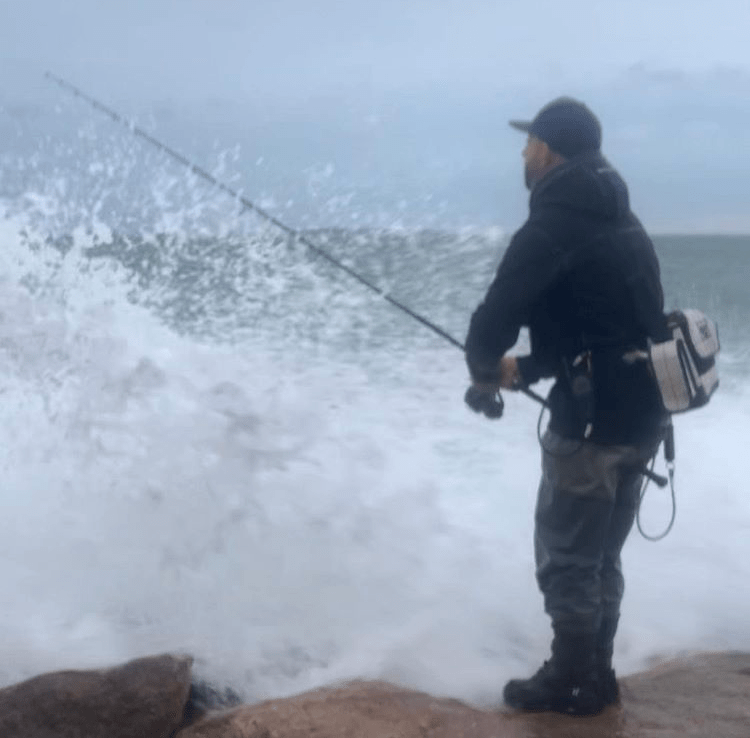

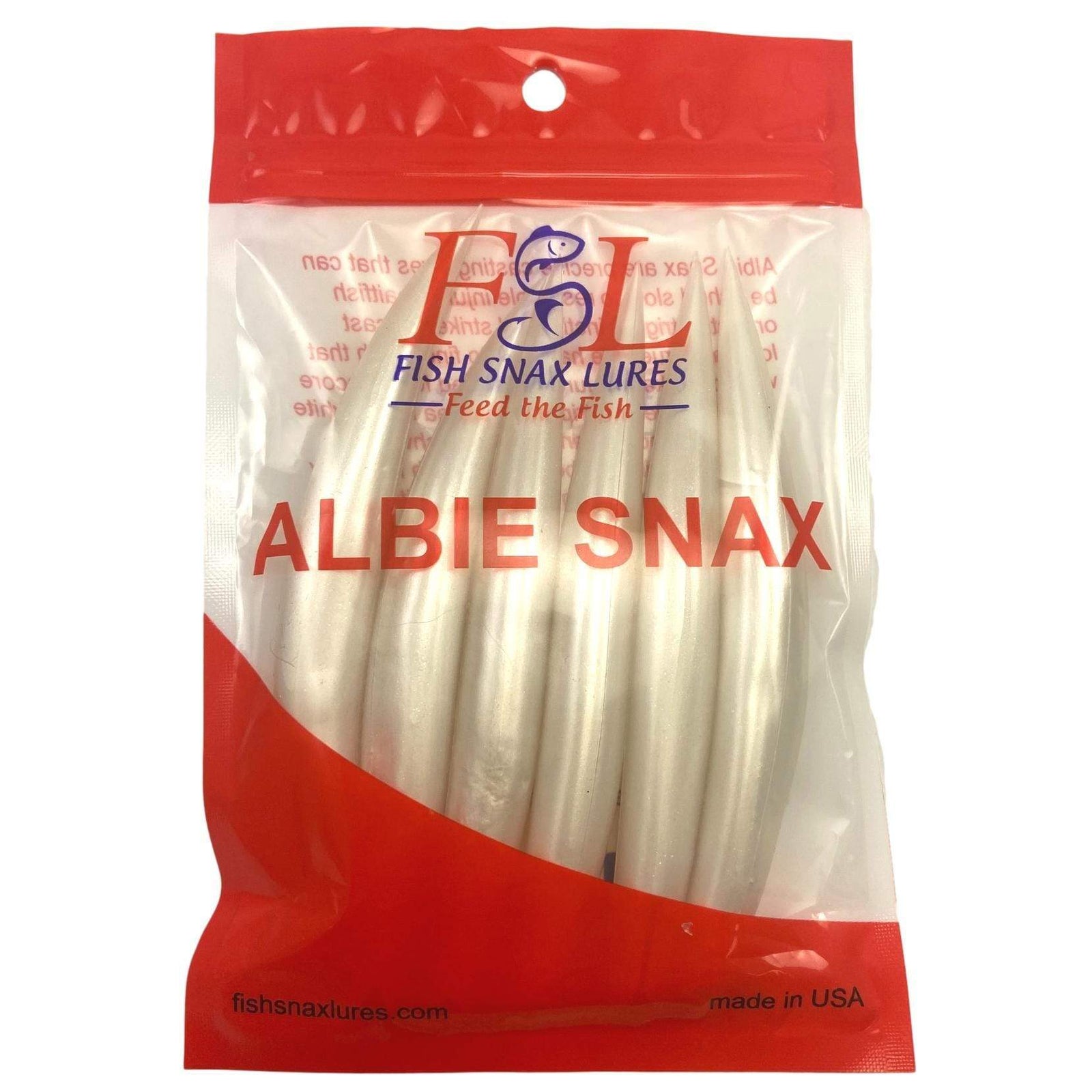

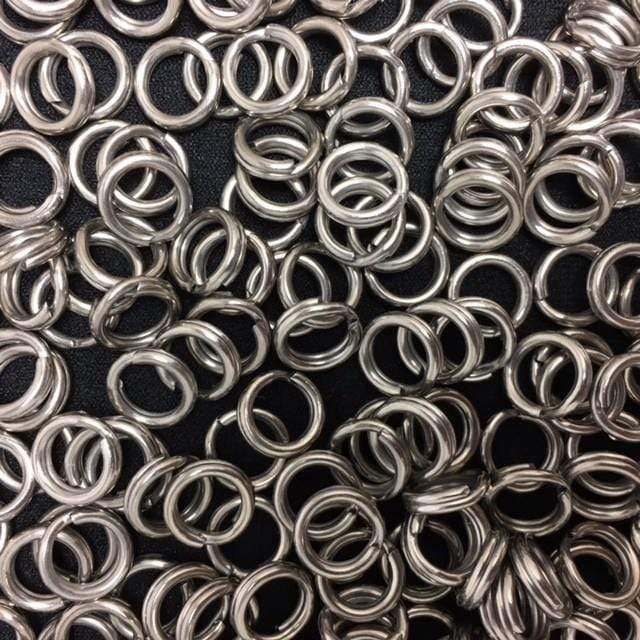
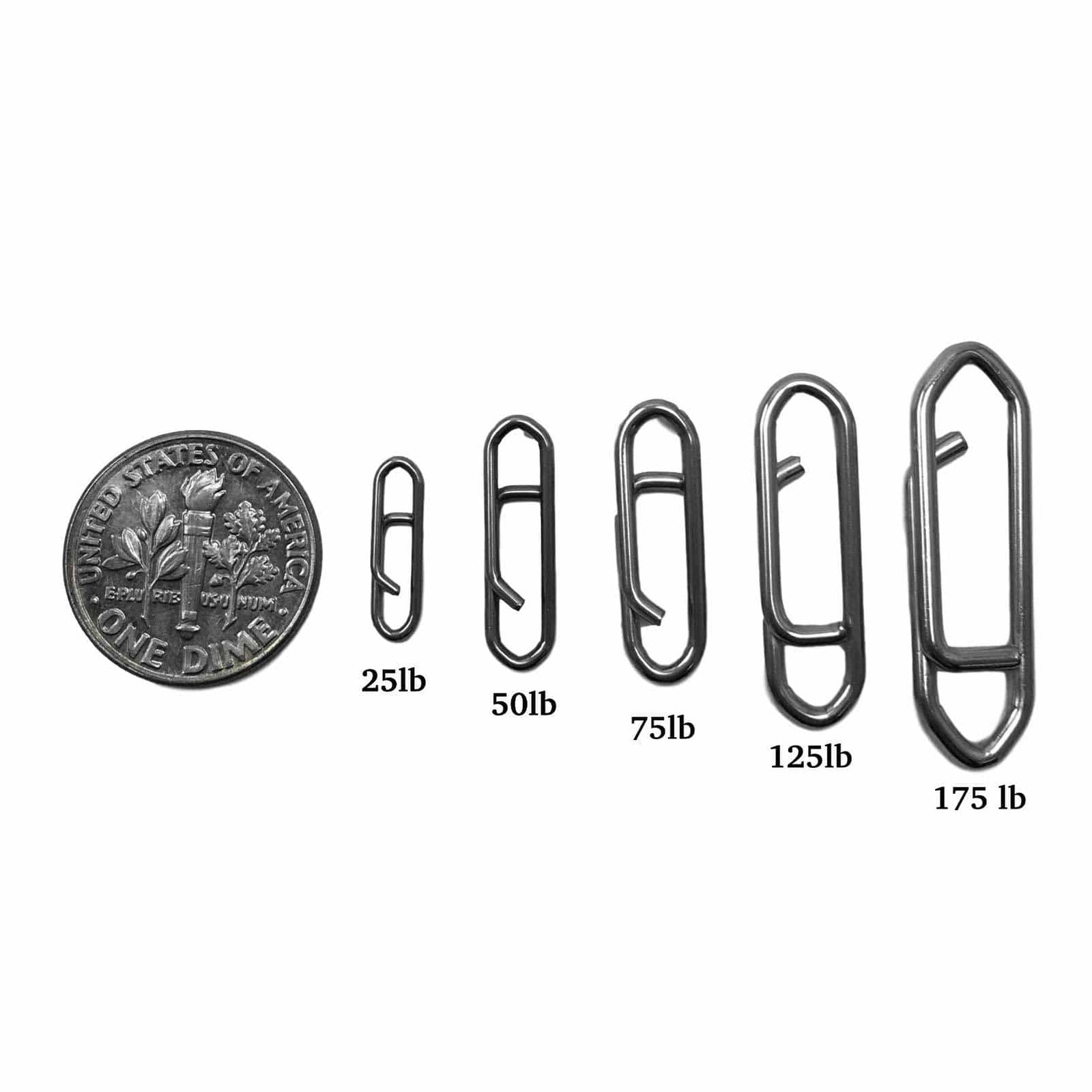

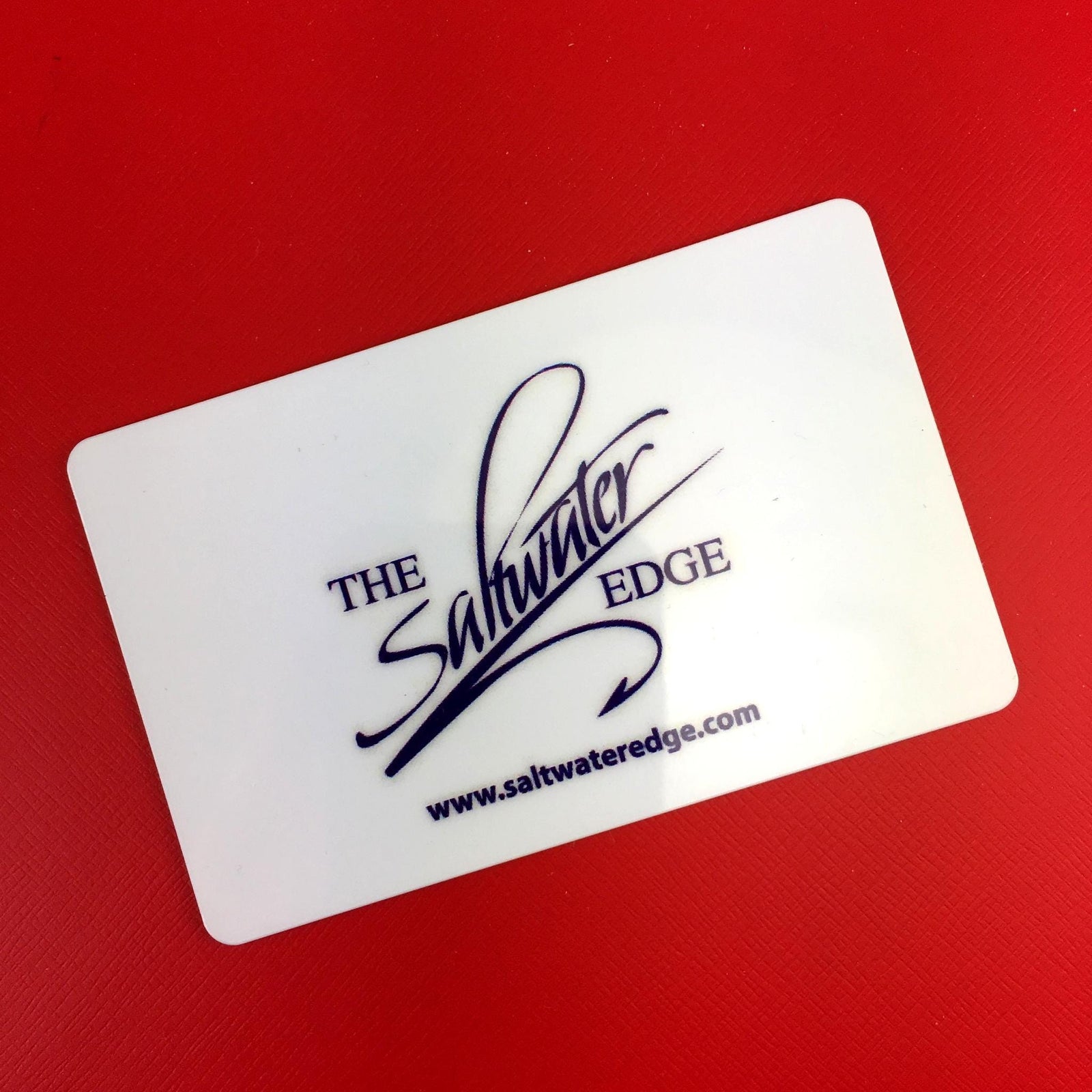


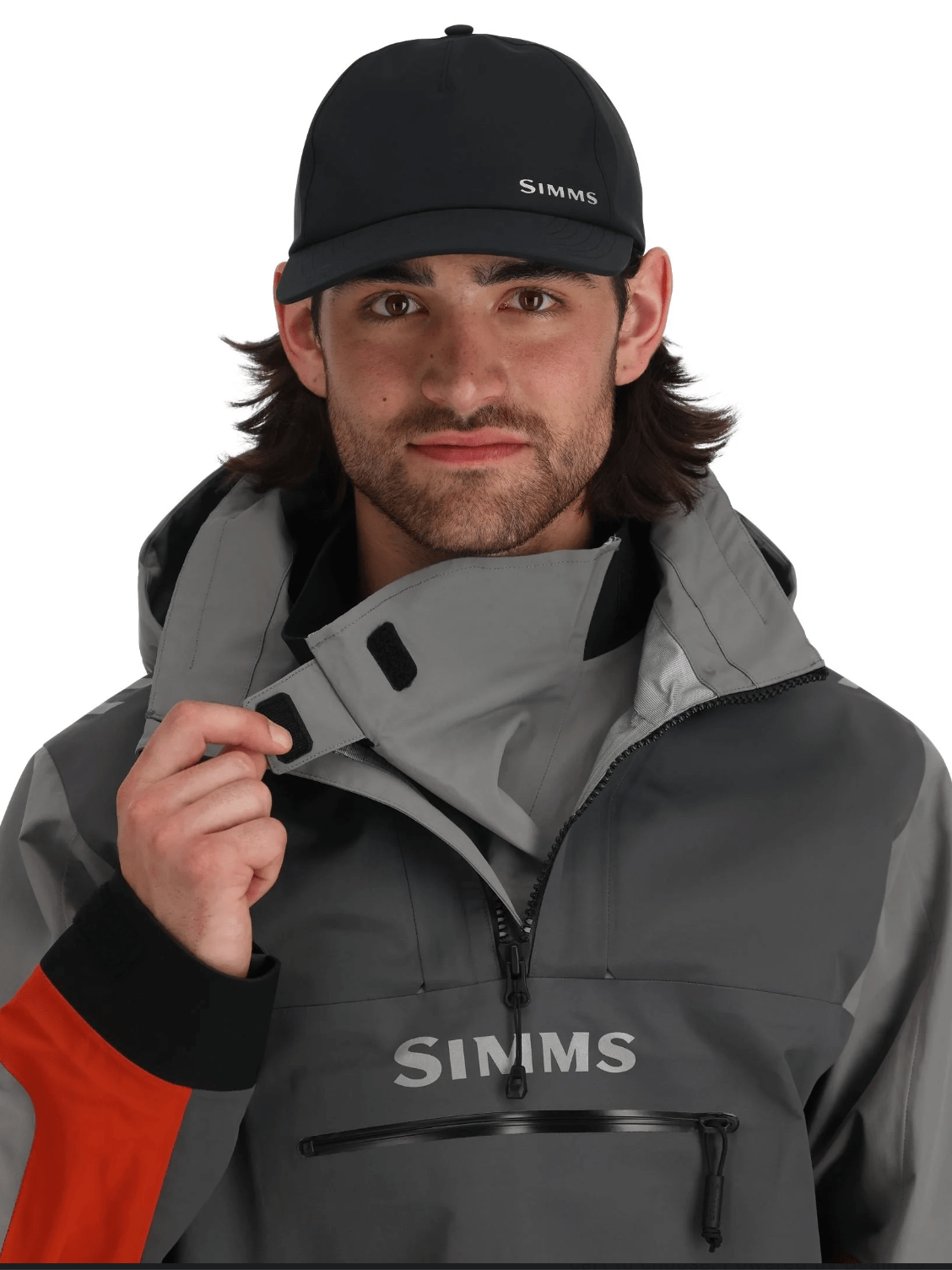

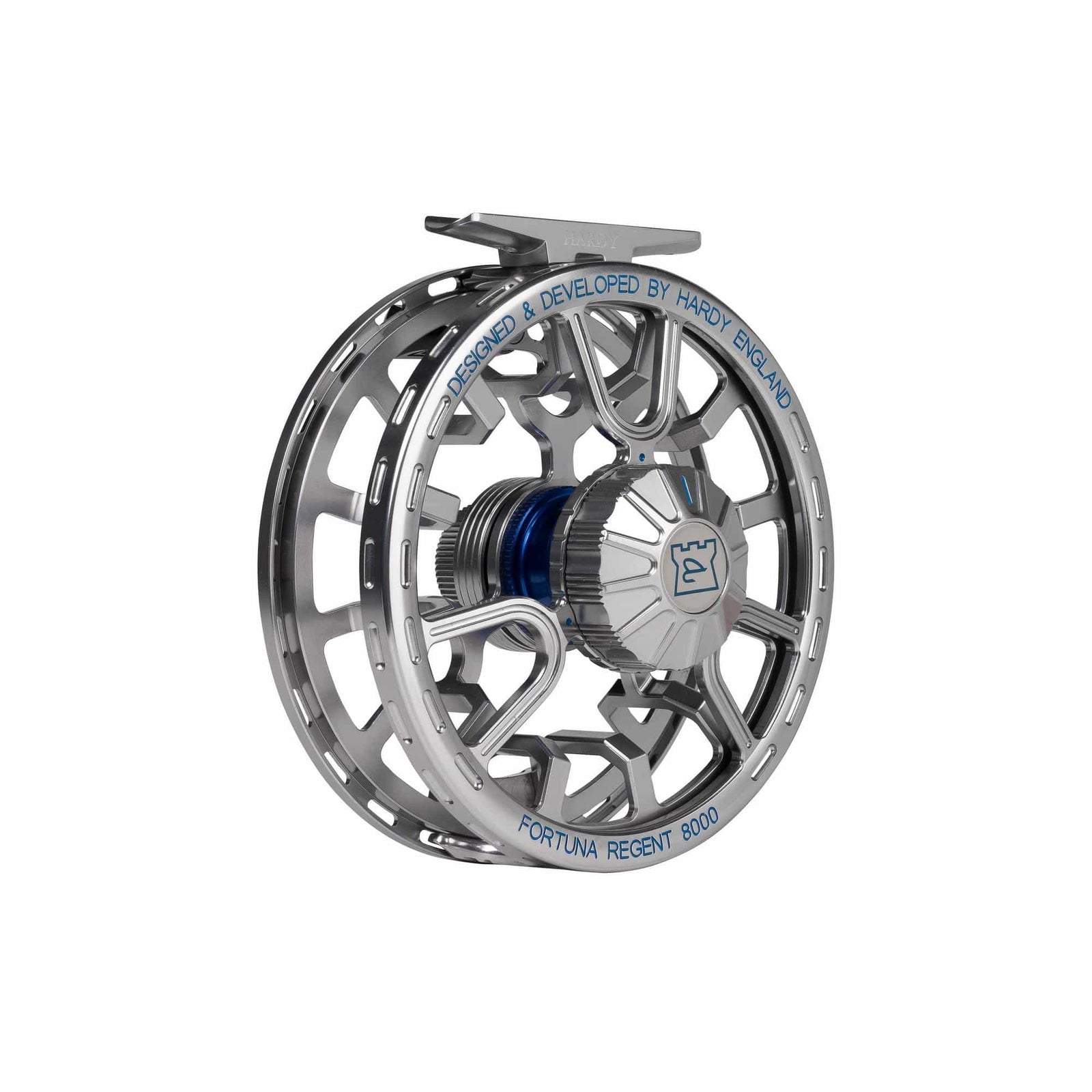
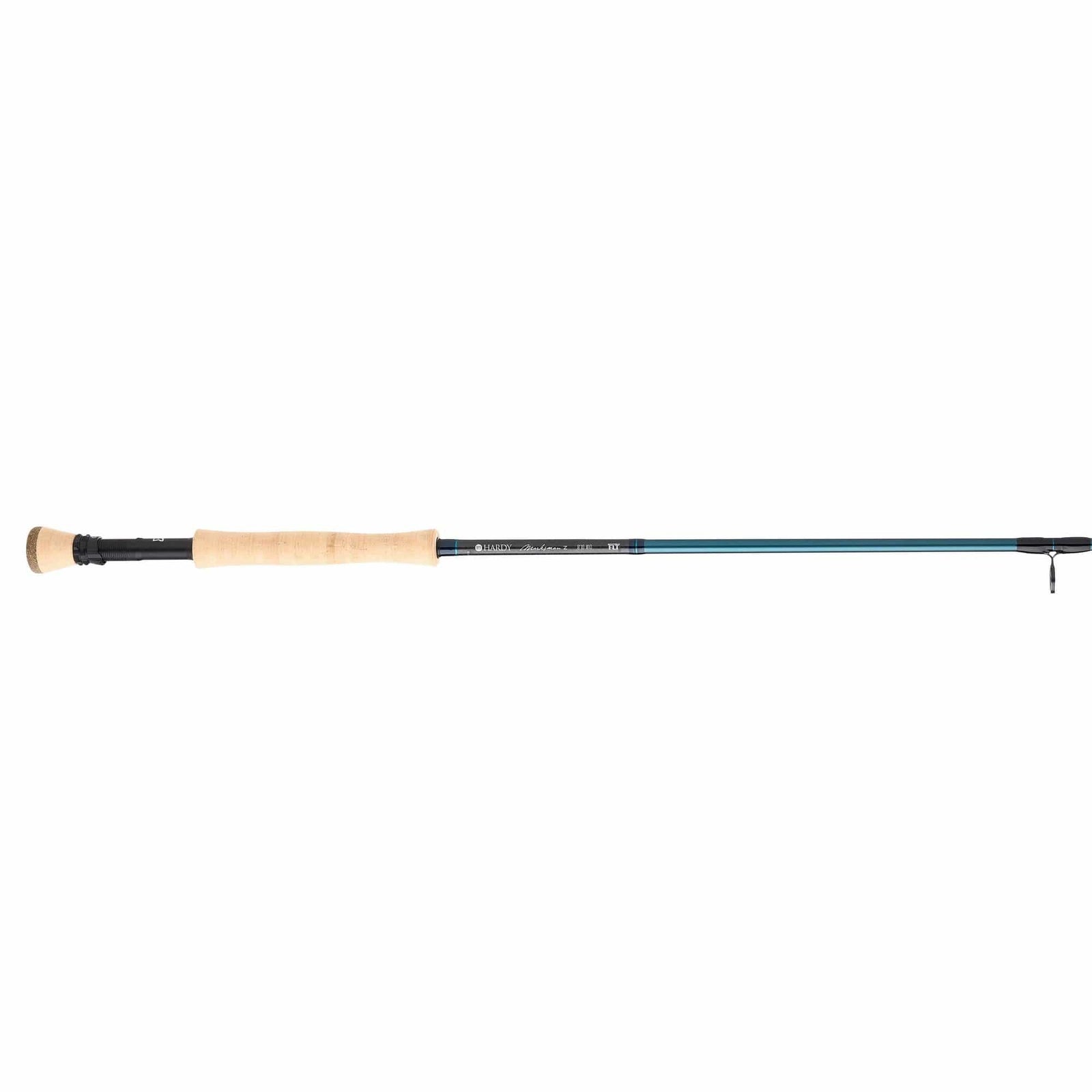
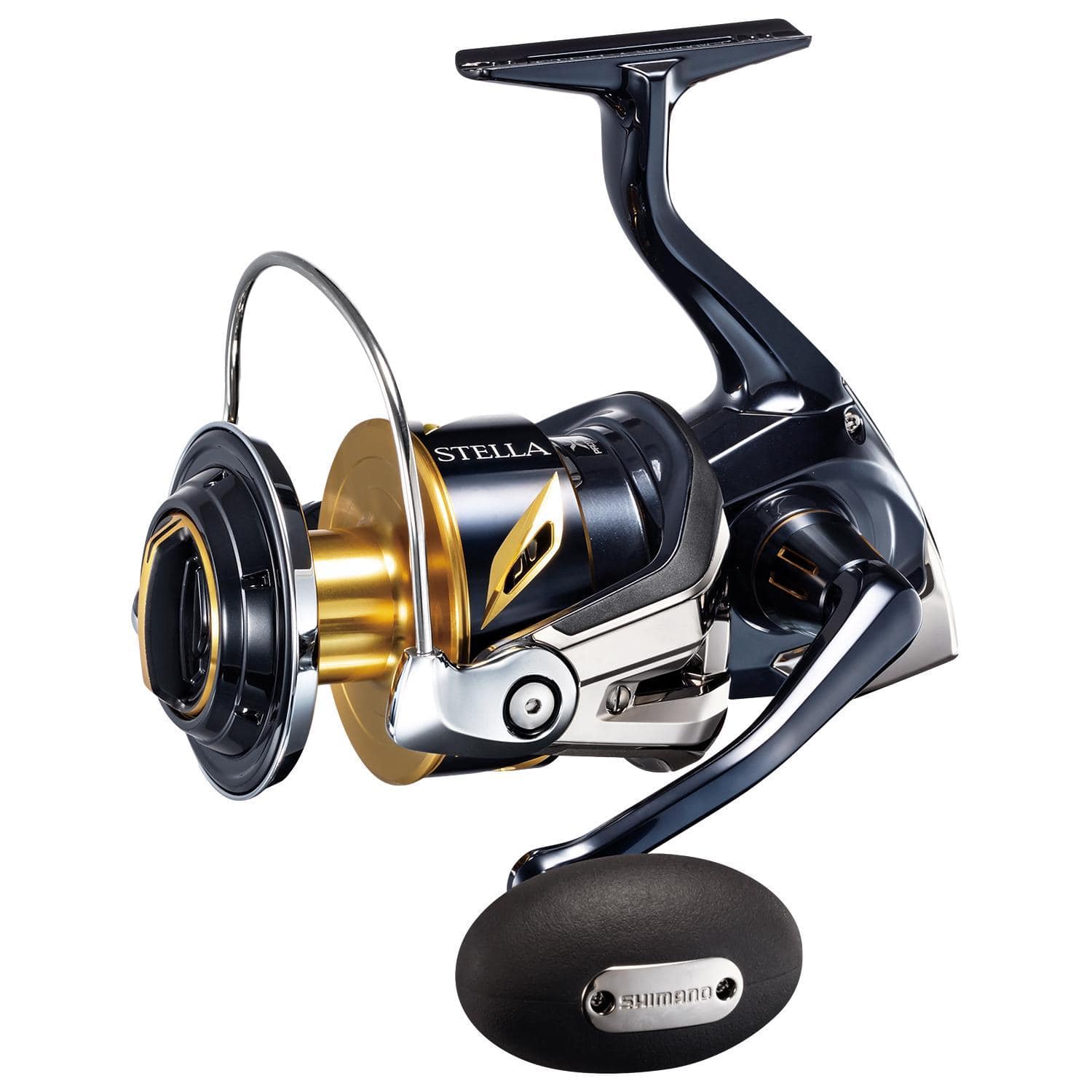
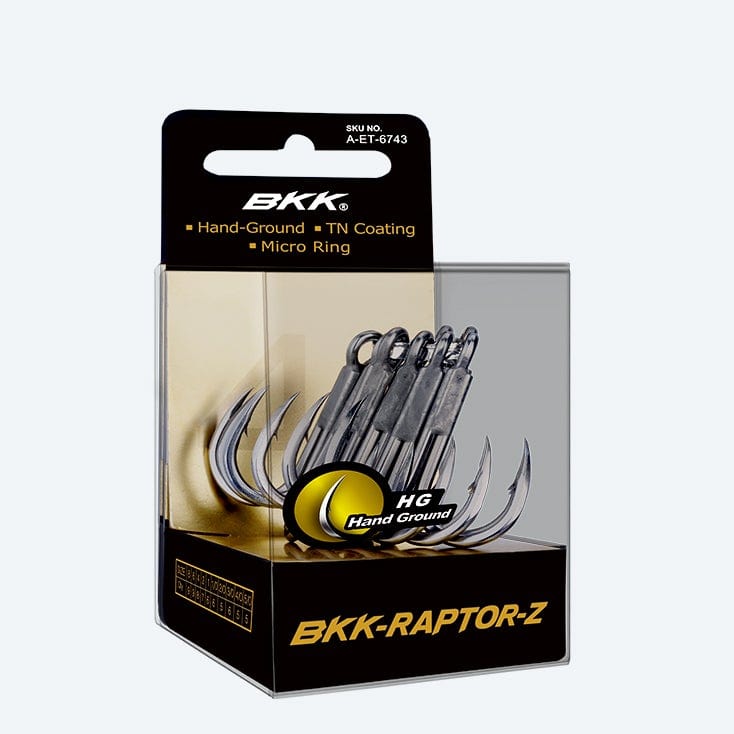
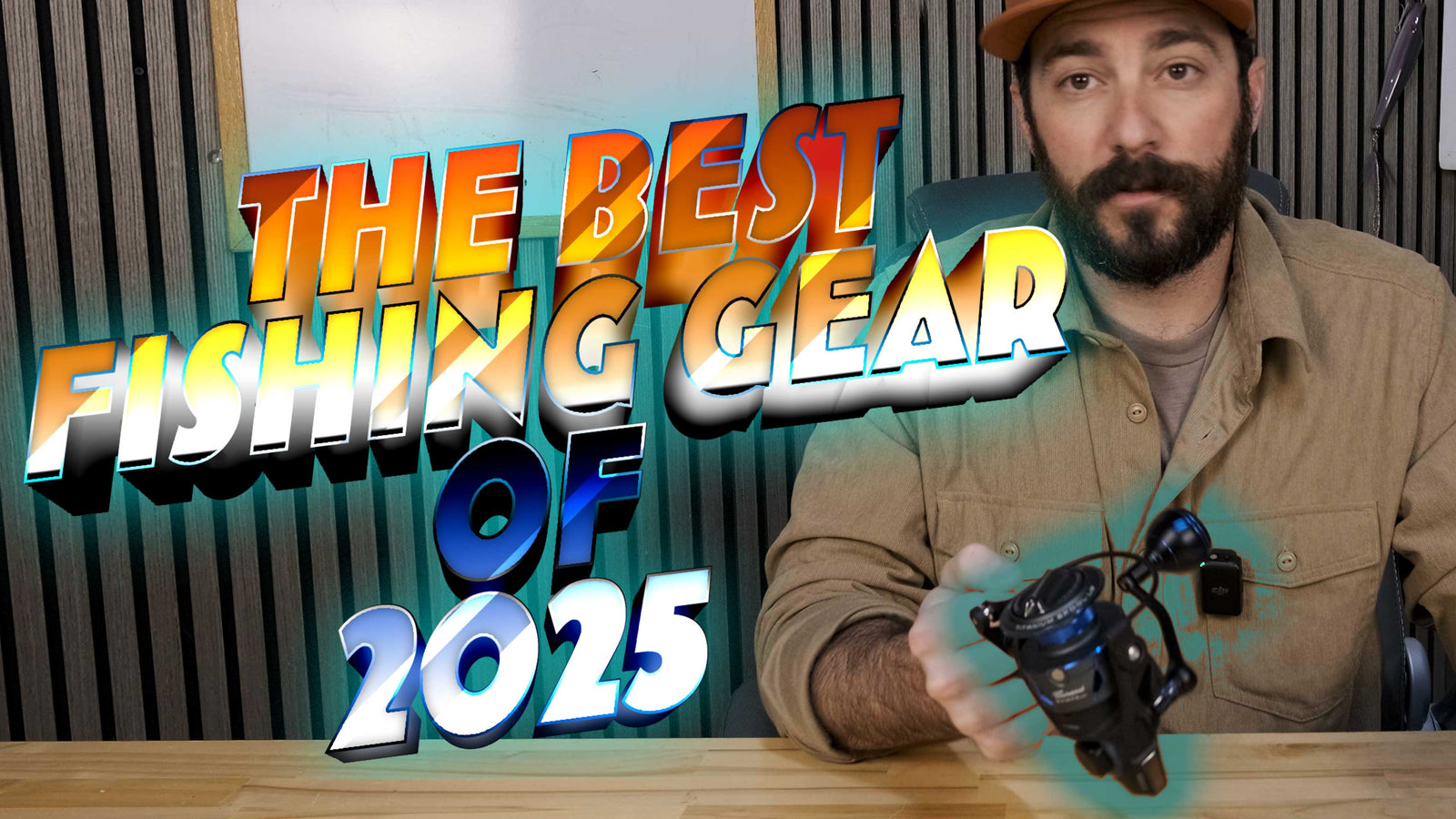
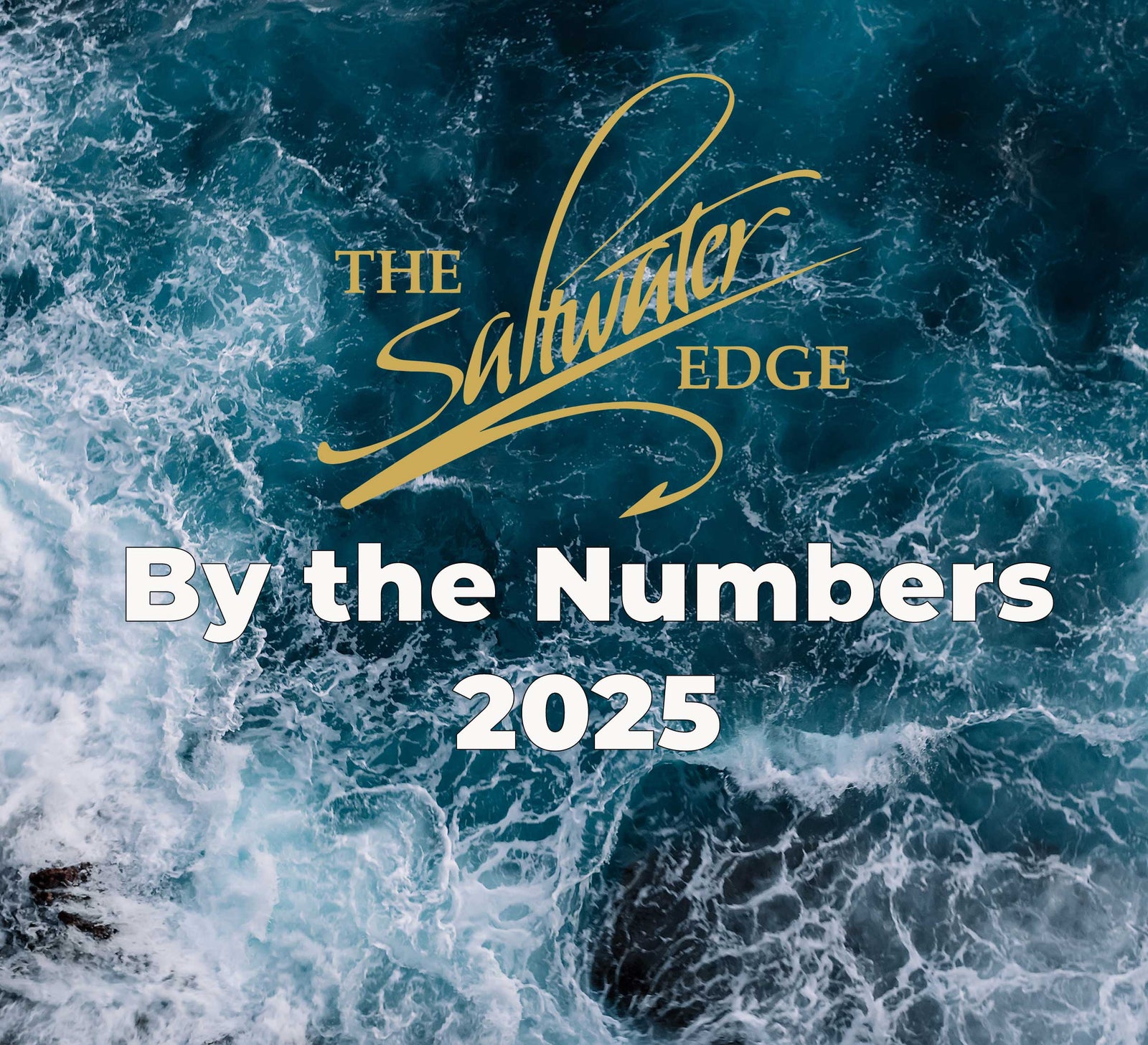
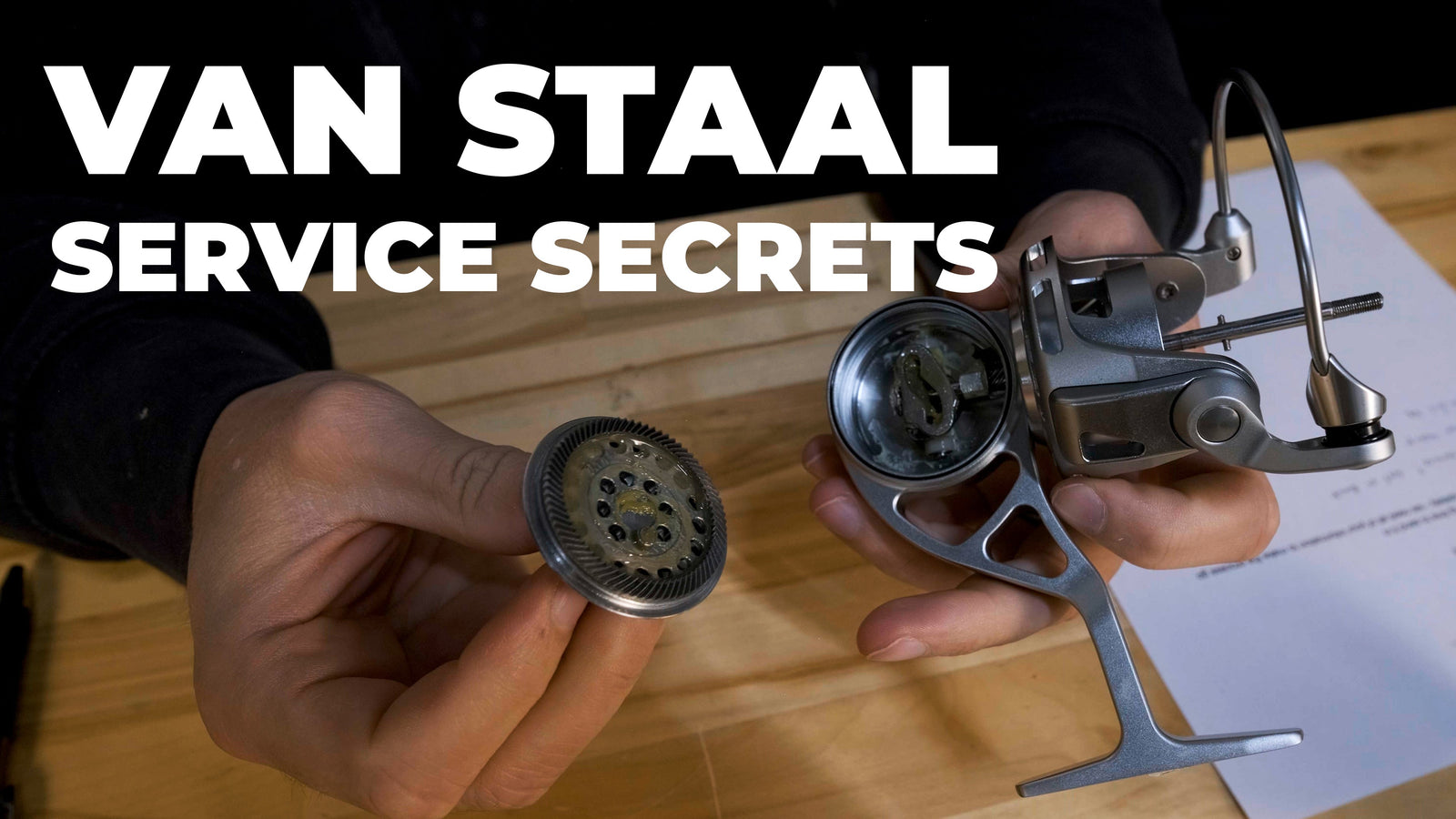
Chris R
November 15, 2022
Great video, as always!
How do you recommend to remove all the memory in the line?